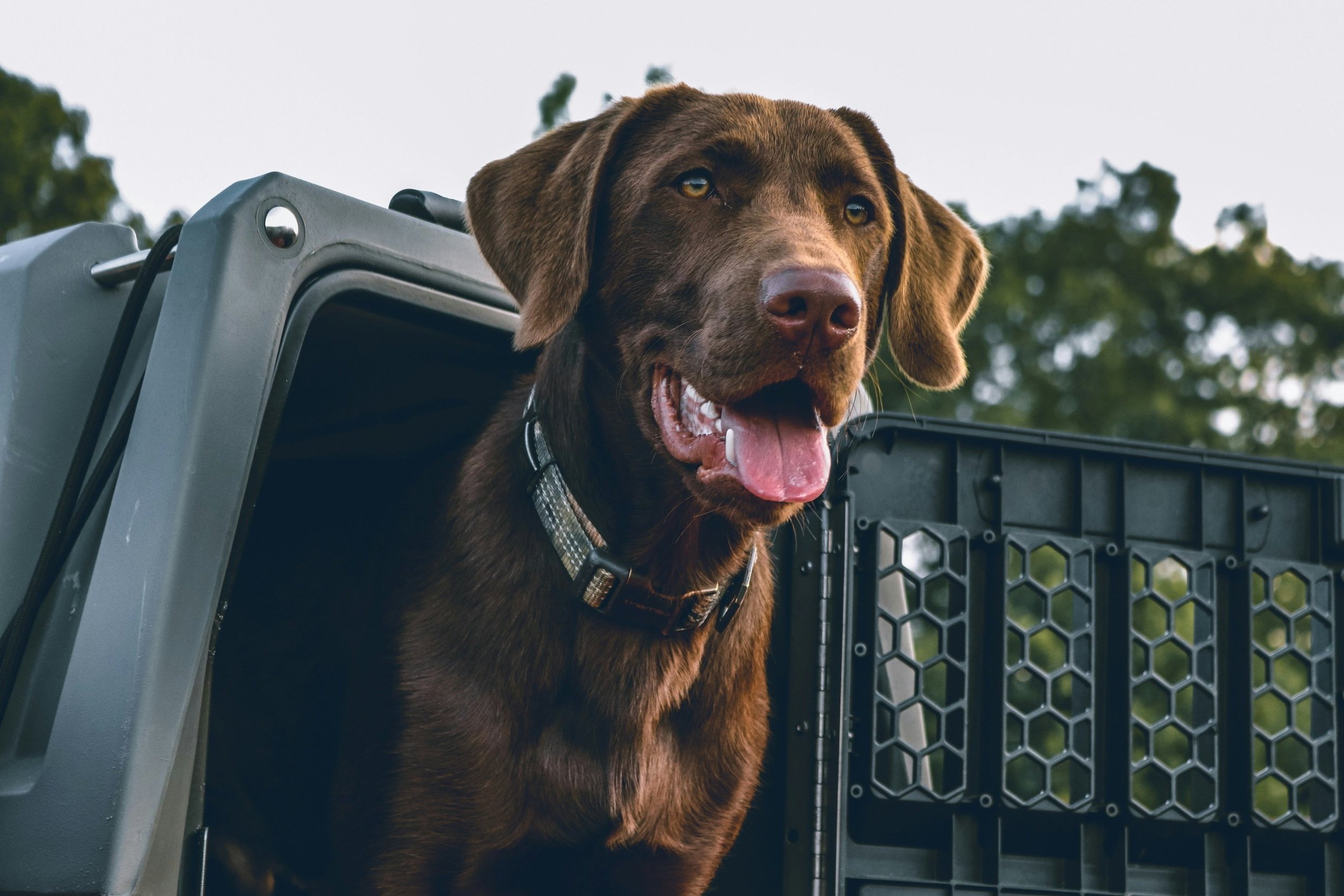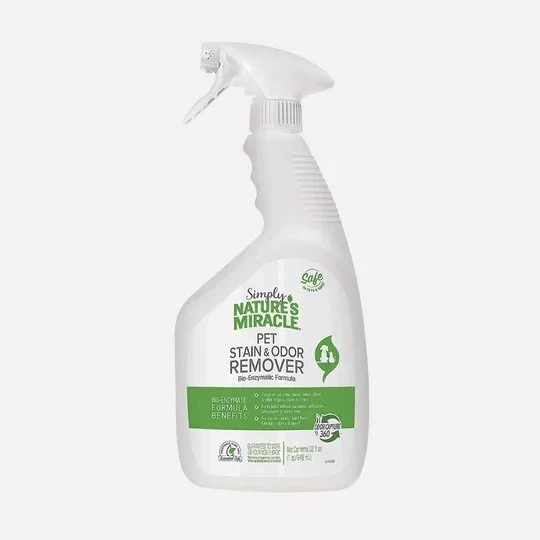
I see crating a puppy like putting a baby in a crib. You wouldn’t leave a baby alone without a crib, right? A crate gives your puppy a safe, comfy spot to sleep and keeps them out of trouble. With proper crate training, your dog will see their crate as a cozy retreat when they want to sleep or have some alone time.
WHAT YOU WILL NEED
PUPPY CRATE
This wire crate is everything you need. Its functional & affordable, and comes with a divider panel so it will grow with your puppy.
STAIN & ODOR REMOVER
Simply by Nature's Miracle is my favorite stain and odor remover for potty training! A must-have for a new puppy.
BEEF LIVER
Ingredients? One ingredient: beef liver. If you have a dog with a sensitive stomach or allergies, this is a great option.
NOTE: All products have affiliate links, which means I earn a small commission on each item purchased from the links. I appreciate your support and wish you happy training!
KEYS TO SUCCESS
CRATE TRAINING IN DEPTH
Crates are a fantastic way to keep your puppy safe when you can't supervise them, but I’ve heard plenty of people say, "I don’t want to put my dog in a crate—it’s like jail." It’s funny because you rarely hear anyone say, "I don’t want to put my baby in a crib—it’s like jail." The truth is, a crate works on the same principles as a crib. It provides your puppy with a safe, comfy space to sleep and prevents them from getting into things that could be dangerous. With proper crate training, your dog will see their crate as a safe haven where they can relax or escape for some peace and quiet.
Step 1: Start by leaving the crate door open and scattering some "treat dust" (crumbled treats) on the floor of the crate. Let your puppy explore and move in and out freely. Repeat this throughout the day until they start checking the crate on their own, hoping to find more goodies.
Step 2: Once your puppy is comfortable going in and out, it’s time to teach them to enter on command. Toss a treat into the back of the crate, and when they go in, say the word “kennel” just before. This helps them associate the word with the action.
Step 3: Start feeding your puppy their meals inside the crate. This creates a positive association. Place the food bowl toward the back of the crate, and once they’re focused on eating, gently close the door. Stay close by, and when they’re done, open the crate and take them outside for a potty break.
Step 4: After your puppy is comfortable going into the crate, begin closing the door at times other than mealtime. Start this when your puppy is tired, like after a play session, and stay nearby to prevent them from getting stressed. Give them a chew toy to keep them occupied. When they’re calm, put them in the crate for naps during the day.
If your puppy starts barking, calmly but firmly say, “quiet.” Keep your attitude neutral during all crate training steps—you want your puppy to see the crate as a normal part of life, not something to get worked up about. When you open the crate, don’t make a big fuss. Instead, teach your puppy to wait patiently before leaving the crate. Open the door slowly, and if they rush, gently close it until they wait calmly. When they’ve learned to wait, use the command “break” to signal they can exit.
Step 5: Once your puppy is calm in the crate while you’re in the room, start leaving the room for short periods. Mealtimes are a great time to practice this since they’ll be focused on eating and less likely to notice you’re gone. Don’t let them out the moment you return—wait a bit to avoid creating excitement around your comings and goings.
It’s also helpful to put your puppy in the crate while you focus on other tasks around the house. This teaches them that spending time in the crate during the day is normal and nothing to get excited about.
Step 6: When your puppy is calm in the crate while you’re out of the room, begin leaving the house for short periods, like grabbing the mail.
Step 7: Gradually increase the time they spend in the crate, helping them get used to being alone for longer stretches.
With patience and consistency, your puppy will learn to love their crate as a safe and comfortable space.
FAQs
-
I think of crating a puppy like putting a baby in a crib. Just as you wouldn’t leave a baby alone in a room unless they were in a crib, a crate provides your puppy with a safe, comfortable place to sleep and keeps them out of trouble. When properly crate trained, a dog can come to see their crate as a secure spot where they can rest or have some alone time.
-
When choosing a crate, the general rule is that your dog should have enough space to stand up, turn around, and lie down comfortably. I recommend getting a crate that will be the right size for your dog when they’re fully grown. Many wire crates come with a divider that allows you to adjust the space as your puppy grows, ensuring the crate is the right size at every stage.
Getting the right size is key—if the crate’s too big, your puppy might decide to turn one corner into their personal bathroom and the other into a cozy bed. A snug, just-right crate gives them that “I don’t want to mess this up” feeling. But if the crate’s too small, they’ll be crammed in like a sardine, and no one’s happy with that!
-
Daytime
When it comes to crating your puppy during the day, a handy rule of thumb is to take their age in months and add 1—this gives you the maximum number of hours they should be crated at a time. For instance, a 2-month-old puppy can usually handle up to 3 hours in the crate. Keep in mind, though, that this caps at 8 hours, so no matter how old your dog gets, 8 hours is the absolute maximum. Of course, every puppy is different, so you might need to adjust a bit based on your pup’s specific needs.
Nighttime
At night, how long your puppy will sleep without needing a potty break depends on the individual dog. If you’ve got your puppy on a good food and water schedule, most pups over 8 weeks old can sleep for at least 4 hours straight, and some lucky owners might find their puppy sleeps through the entire night. During the early months, expect to get up once or twice a night, but if your puppy is one of those magical creatures that sleeps through, let them be—don’t wake them up for a potty break.
By around 4 months, most puppies are sleeping through the night consistently. If your puppy is still waking you up after 4 months, they might just be a bit slower to potty train, which is totally fine. However, it’s worth checking in with your vet to rule out any medical issues. The same goes for an adult dog that suddenly starts having accidents or needing nighttime bathroom breaks—they might need a vet check to ensure everything’s okay.
-
As your puppy is getting used to the crate and going through potty training, it might be best to keep the crate bare—let me explain. First, if you put a bed in the crate, it often becomes the target of your puppy's frustration. I can’t tell you how many times I’ve gotten messages from puppy owners showing their crate filled with the shredded remains of what used to be a bed. Puppies also tend to relieve themselves on absorbent surfaces, so having a bed in the crate could actually encourage them to soil it, at least until they’re more consistent with potty training.
As for toys, they’re fine to have in the crate, but only if they’re safe for unsupervised play. What’s safe depends on your dog—avoid anything they could easily tear apart and possibly swallow. Stick to tough, durable toys that will keep them entertained without any risks.
-
In my initial conversations with clients, I often hear, “My dog has separation anxiety.” When I dig a little deeper, it usually turns out that their puppy barks or whines when left alone in the crate. While this can be stressful, it’s actually quite normal for a puppy to bark or whine (sometimes very loudly) when they’re first getting used to crate training.
True separation anxiety is a much more serious issue, characterized by behaviors far beyond whining or barking. Signs of true separation anxiety can include excessive drooling, self-mutilation, and desperate attempts to escape confinement, such as chewing through or damaging the crate. Addressing true separation anxiety often requires in-person help from a trainer or even a veterinarian to create a proper treatment plan.
Crate Sizes Can Vary
All crates are manufactured differently, so you will want to check the specifications provided for whatever crate you decide to buy, but here is a general guide to help you on your search.







